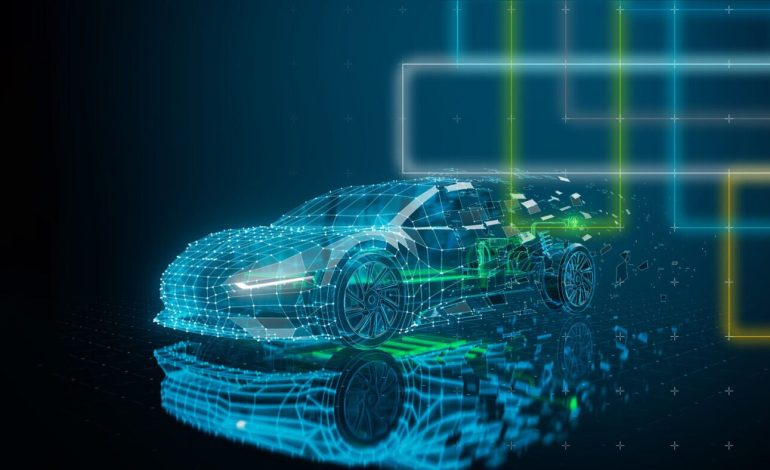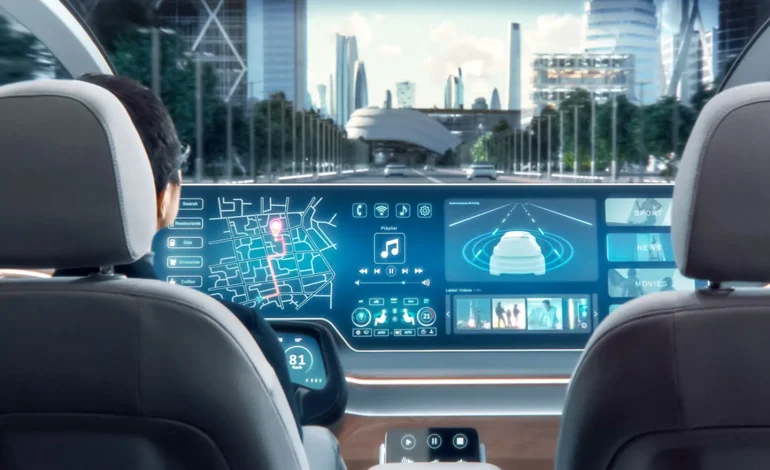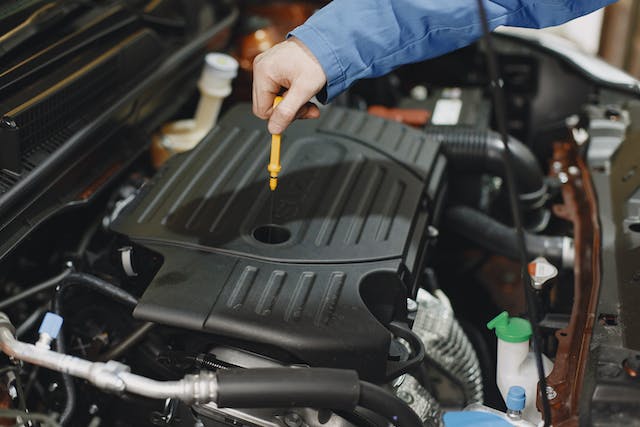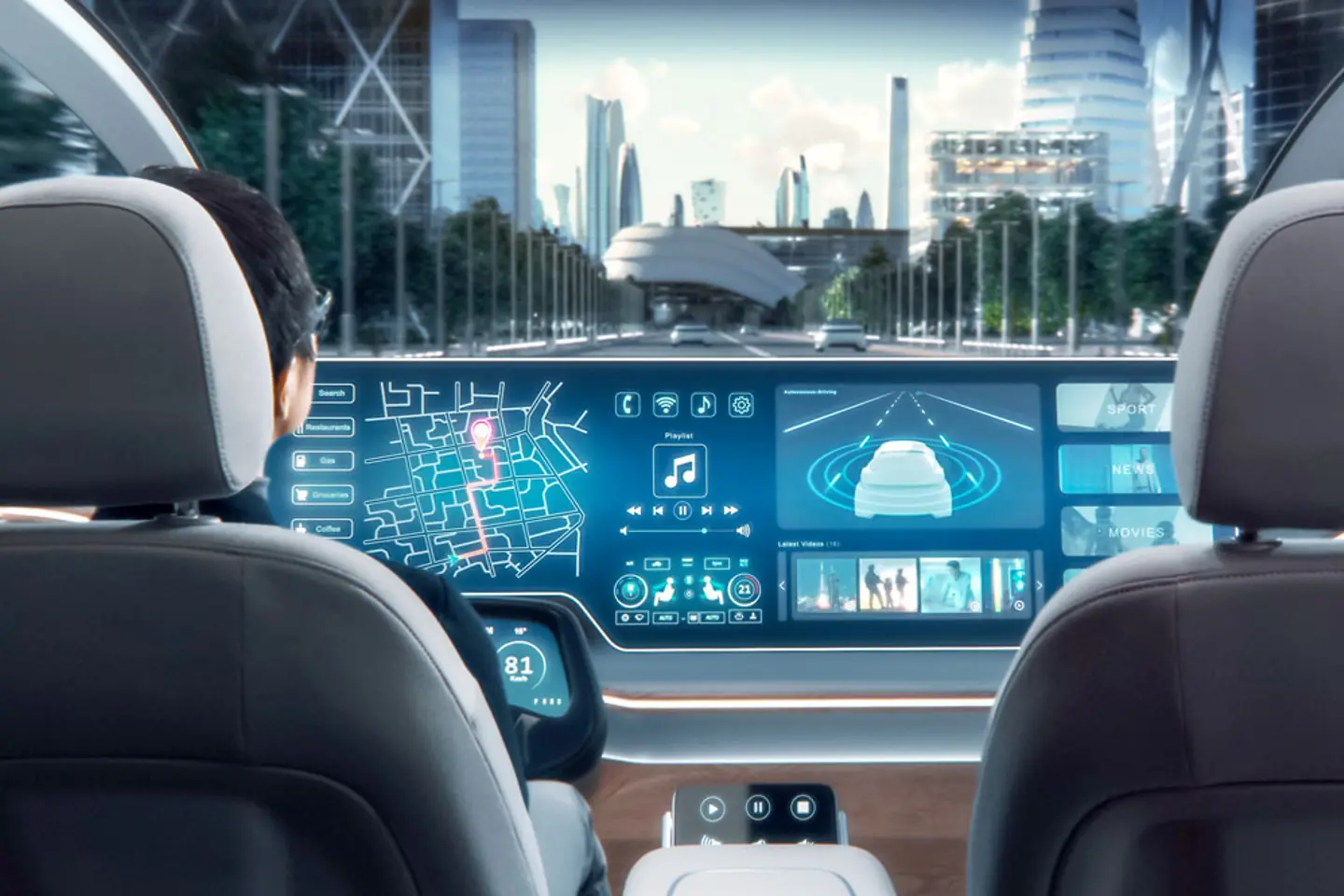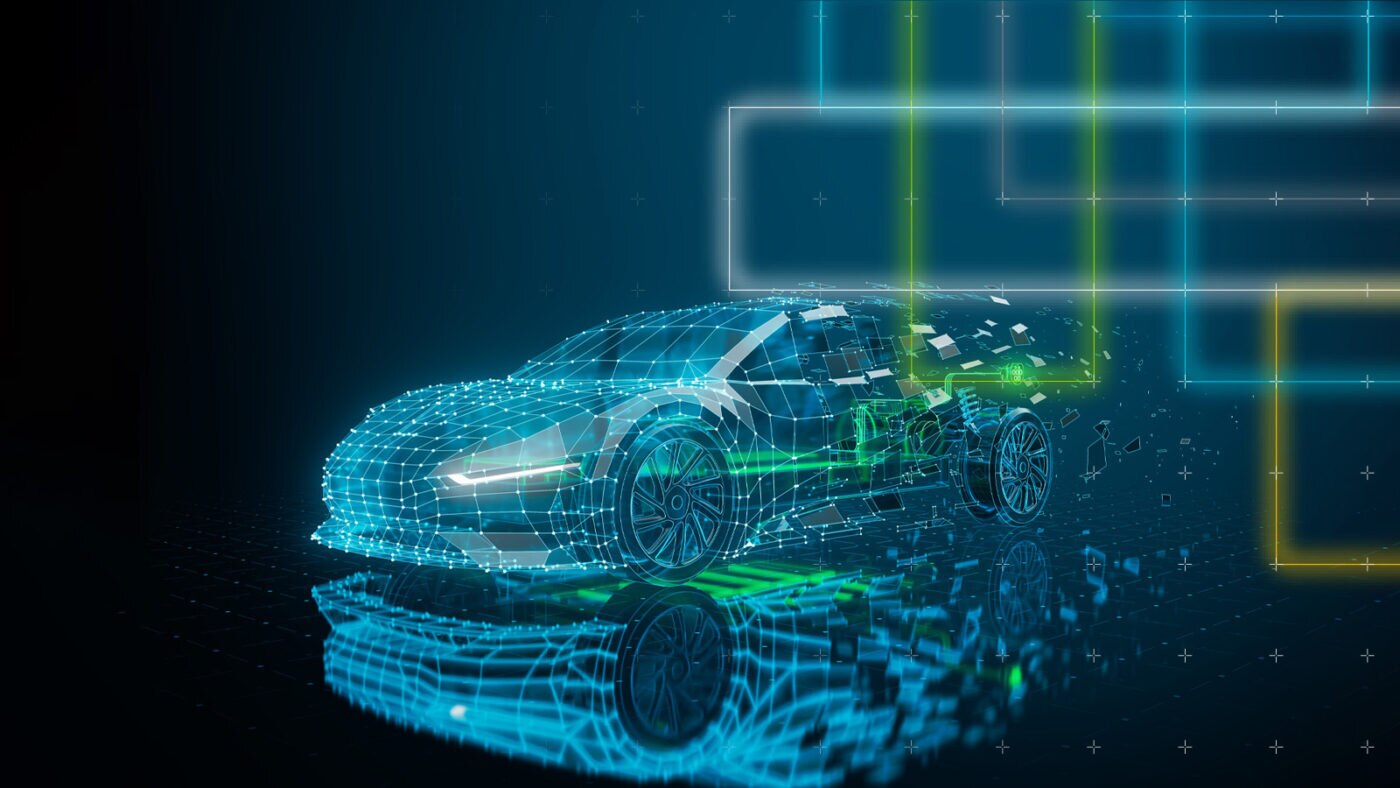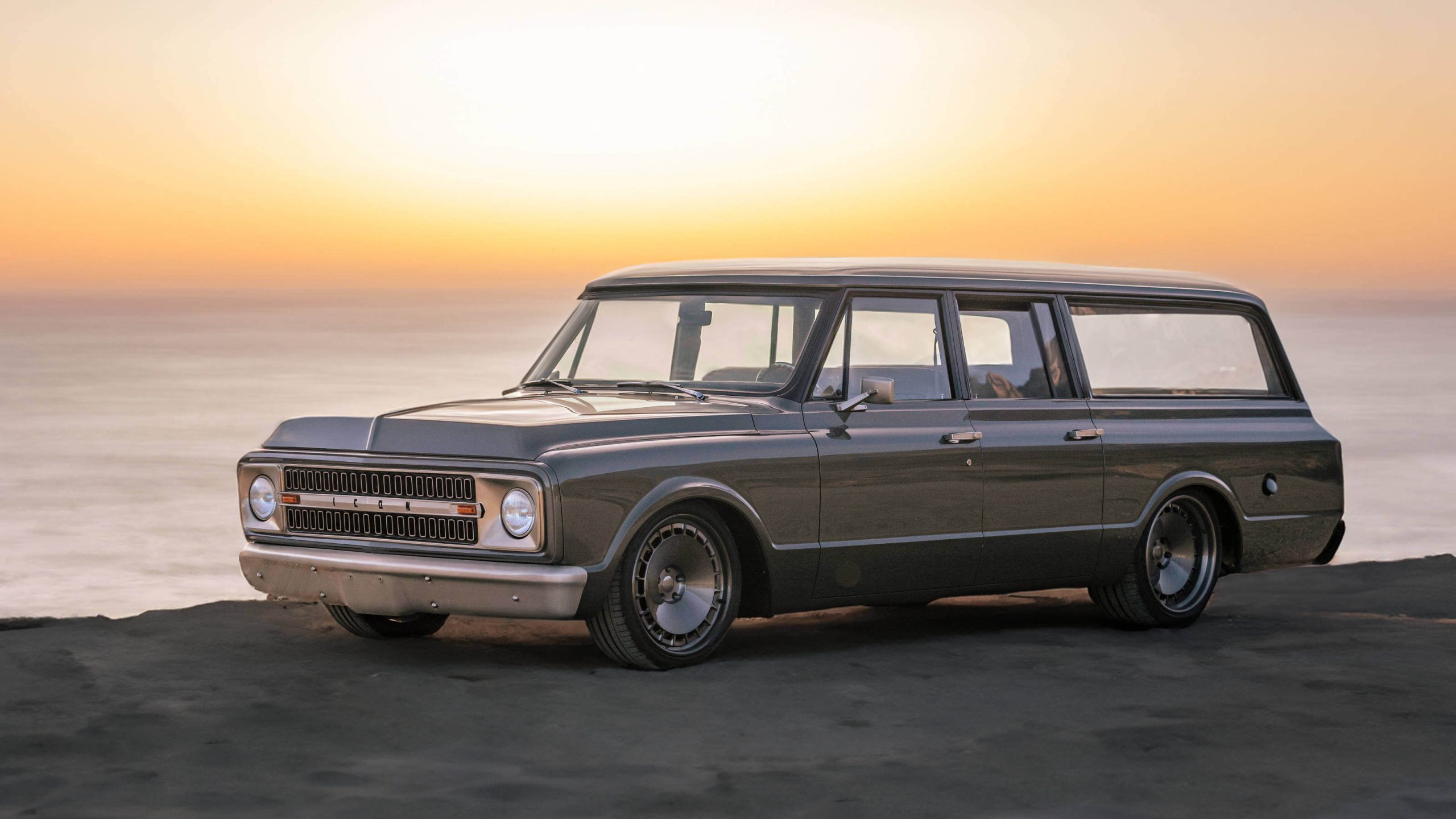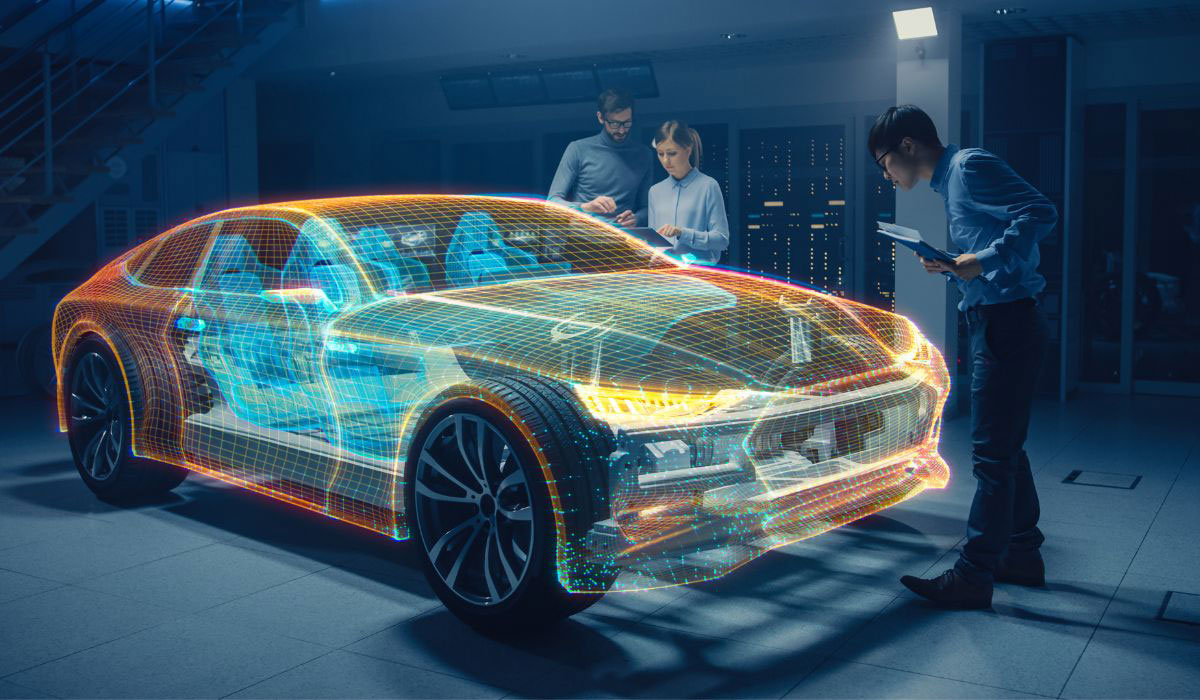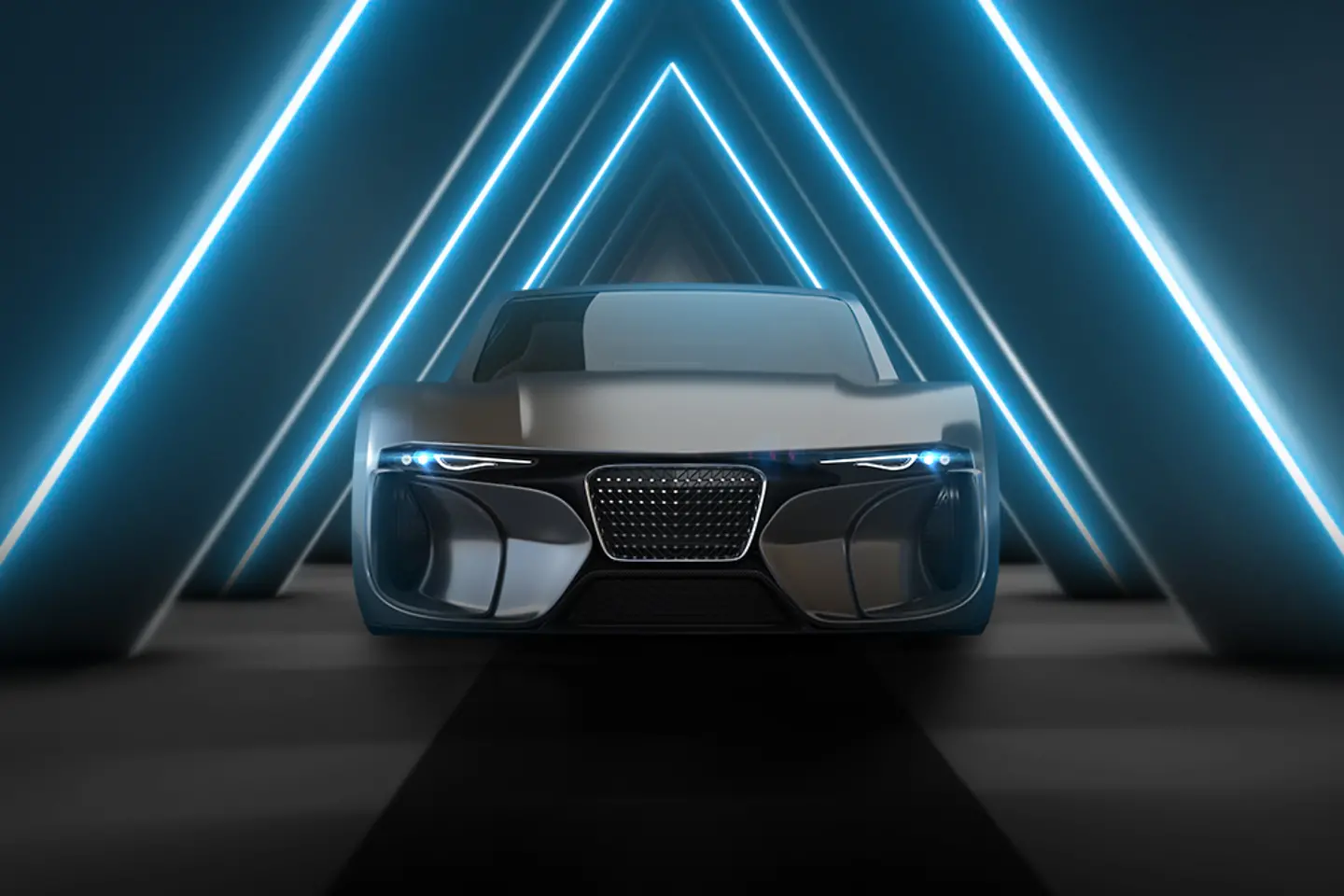The Evolution of Cars: From Classic Machines to the Smart Mobility of Tomorrow
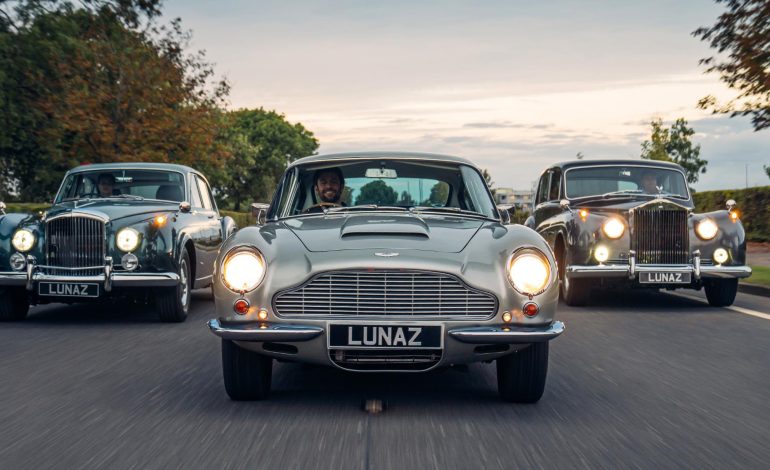
Cars have been more than just vehicles—they’ve been symbols of freedom, innovation, and human ingenuity for over a century. From the rumbling engines of early automobiles to the sleek, intelligent, and eco-friendly models of today, the car industry has constantly evolved to meet the needs of changing societies. As we step further into the 21st century, the automotive world is undergoing its most dramatic transformation yet, driven by electric power, artificial intelligence, and sustainable design.
The car is no longer just a mode of transportation; it has become a digital companion, a mobile living space, and a reflection of modern lifestyles. Let’s explore how cars are evolving—and what the future holds for this ever-changing industry.
1. A Century of Progress: From Gasoline to Green Power
For most of the 20th century, the internal combustion engine ruled the roads. From Ford’s Model T to the muscle cars of the 1960s and the compact sedans of the 1980s, gasoline engines defined automotive culture. They represented speed, independence, and engineering prowess.
But with growing concerns over climate change, pollution, and dwindling fossil fuels, the world has shifted toward sustainable mobility. The electric car, once dismissed as a novelty, has become the new standard.
Companies like Tesla, BYD, and Rivian have proven that electric vehicles (EVs) can be powerful, stylish, and practical. Major automakers such as Volkswagen, Mercedes-Benz, Toyota, and Ford have followed suit, pledging to electrify their lineups by the 2030s. Governments around the world are supporting this transition with incentives and ambitious goals—many planning to ban new gasoline-powered cars entirely by 2035.
The electric revolution is not just about the environment—it’s also about performance. Electric motors deliver instant torque, smooth acceleration, and whisper-quiet rides. Meanwhile, advances in battery technology, such as solid-state batteries, promise longer ranges and faster charging times.
2. The Smart Car Era: When Technology Takes the Wheel
Cars today are smarter than ever before. With built-in computers, sensors, and artificial intelligence, modern vehicles are essentially mobile computers on wheels.
Features like adaptive cruise control, automatic braking, and lane assist are now standard on many models, making driving safer and less stressful. Systems such as Tesla’s Autopilot, BMW’s Driver Assistance Plus, and Mercedes’ Drive Pilot demonstrate how automation is gradually transforming the driving experience.
In the near future, fully autonomous cars could become a reality. Self-driving technology, powered by advanced AI and machine learning, allows vehicles to analyze their surroundings, detect obstacles, and make split-second decisions.
Companies like Waymo (Google), Cruise (General Motors), and Nvidia are leading this revolution, developing cars that may soon navigate complex city environments without human input.
The integration of connectivity and artificial intelligence means that cars can communicate with each other and with city infrastructure—a concept known as Vehicle-to-Everything (V2X) technology. Imagine cars that warn each other about traffic jams, road hazards, or weather conditions in real-time.
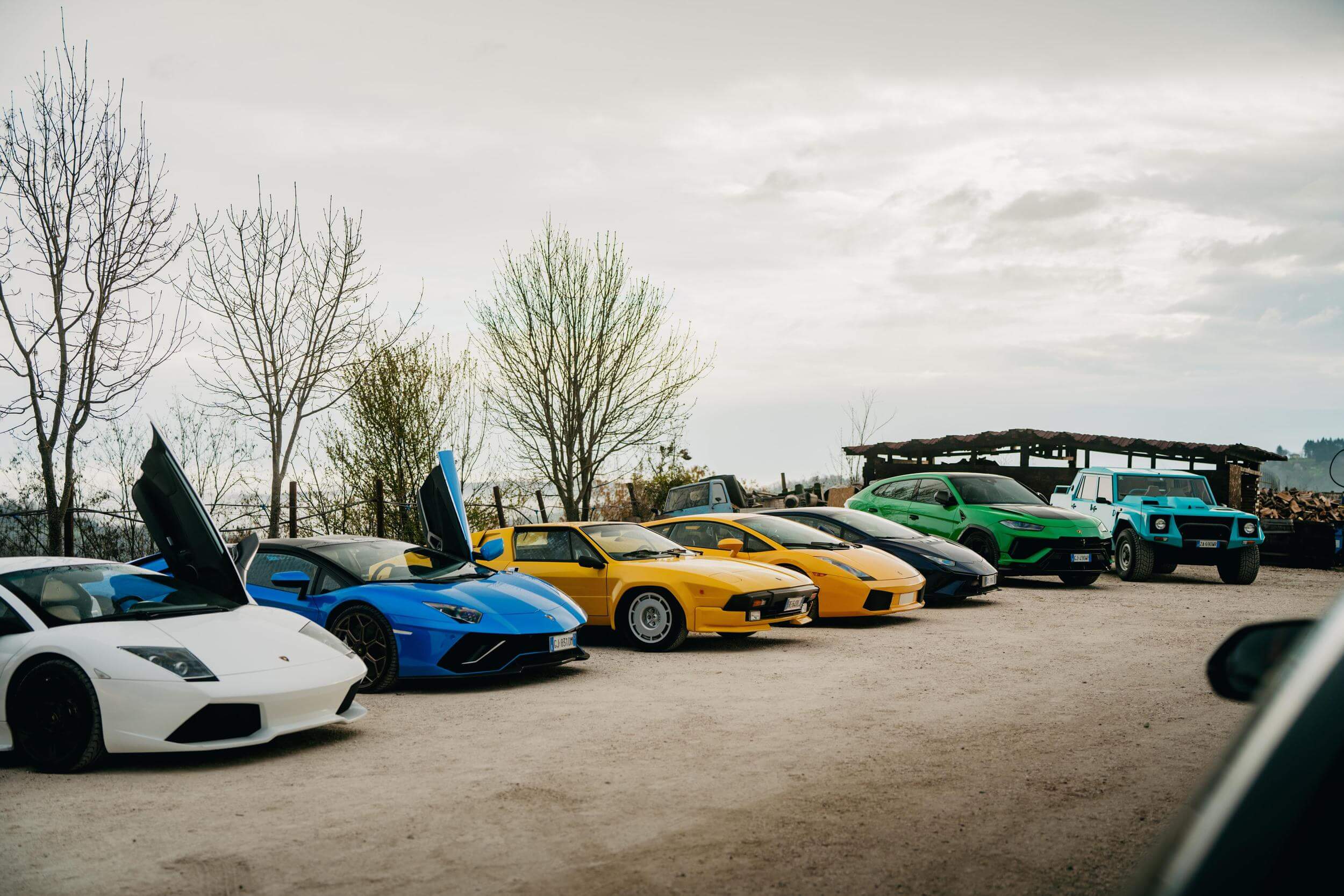
3. Connectivity and Comfort: The Car as a Digital Space
Today’s drivers expect their cars to connect seamlessly with their digital lives. Modern vehicles come with advanced infotainment systems, voice assistants, and wireless connectivity that mirror smartphones and home devices.
With 5G networks expanding, vehicles are becoming part of the Internet of Things (IoT). Drivers can remotely start engines, preheat cabins, or check vehicle diagnostics through mobile apps. Some luxury brands even offer over-the-air software updates, meaning that cars can receive new features and improvements without visiting a dealership.
The modern car interior has also evolved into a personalized comfort zone. Large touchscreen dashboards, premium sound systems, and ergonomic seating make long drives feel effortless. Ambient lighting, air purification, and temperature zones enhance the passenger experience.
As automation advances, interiors will continue to evolve—from driver-focused cockpits to living spaces on wheels, complete with entertainment systems, workstations, and reclining seats.
4. Sustainability Beyond the Engine
Sustainability isn’t just about what powers a car—it’s about how the car is made. Automakers are rethinking materials, production methods, and recycling processes to reduce their environmental impact.
For example, Volvo and Polestar are leading the way with carbon-neutral manufacturing, while BMW’s i Vision Circular concept showcases a 100% recyclable car built from renewable materials.
Even car interiors are going green. Recycled plastics, plant-based fabrics, and vegan leather are replacing traditional materials. Companies like Tesla and Audi have adopted eco-friendly upholstery options to appeal to environmentally conscious buyers.
Meanwhile, hydrogen fuel-cell vehicles (FCEVs) are emerging as a potential complement to electric cars, offering faster refueling times and zero emissions. Toyota’s Mirai and Hyundai’s Nexo are examples of early hydrogen-powered models.
The shift to sustainability represents not just a technological change—but a moral and cultural one. It signals a future where performance, luxury, and responsibility coexist.
5. The Changing Meaning of Car Ownership
Car ownership is no longer as essential as it once was, especially in cities. The rise of mobility-as-a-service (MaaS) models, ride-sharing, and subscription-based options are redefining how people access vehicles.
Apps like Uber, Lyft, and Bolt have made it possible to enjoy mobility without owning a car. Meanwhile, automakers are offering flexible subscription programs—such as Porsche Drive and Care by Volvo—that allow customers to switch between models monthly.
Younger generations, especially Millennials and Gen Z, prioritize convenience and sustainability over traditional ownership. In urban areas, public transport, bicycles, and e-scooters are becoming viable alternatives.
However, the emotional connection to cars remains strong. Enthusiasts still cherish the thrill of driving—especially when it comes to performance vehicles, classics, and sports cars. The difference is that now, cars are as much about personal expression as practicality.
6. The Return of Design and Emotion
Despite the rise of technology and automation, design continues to define a car’s identity. The aesthetic appeal, craftsmanship, and emotional connection between driver and machine remain vital.
Car manufacturers are combining modern minimalism with futuristic touches—sleek lines, aerodynamic forms, and sustainable materials. EVs like the Lucid Air, Porsche Taycan, and Hyundai Ioniq 6 showcase how form and function can coexist beautifully.
Inside, simplicity reigns. Digital dashboards replace buttons, while panoramic roofs and ambient lighting create open, relaxing spaces. Even the engine sound—once a defining feature of performance cars—is being reimagined with synthetic soundscapes that maintain emotional engagement in silent electric models.
The result is a new design philosophy that emphasizes emotion, sustainability, and technology in harmony.
7. Looking Ahead: What’s Next for Cars?
The future of cars will be defined by convergence—where technology, sustainability, and mobility come together.
By 2035, most new cars will be electric or hybrid. Autonomous driving will make transportation safer and more efficient. Cars will communicate with smart cities, using AI to reduce congestion and energy consumption.
Manufacturers will continue innovating in battery technology, AI systems, and lightweight materials, while consumers will enjoy more personalization and flexibility than ever before.
Even more exciting, the lines between cars, homes, and digital ecosystems will blur. Imagine a car that syncs with your calendar, prepares your route automatically, adjusts your home’s thermostat as you arrive, and even pays for charging wirelessly.
In this new era, cars will not just take us places—they’ll be intelligent partners in our daily lives.

Conclusion
From the roaring engines of the past to the silent hum of electric motors, the evolution of cars tells a story of progress, passion, and possibility. The modern car embodies everything that defines the 21st century—technology, sustainability, connectivity, and design.
The future of mobility isn’t just about getting from point A to B—it’s about doing it smarter, cleaner, and better. Whether autonomous or electric, shared or personal, cars will continue to inspire the same sense of wonder that has driven humanity for over a hundred years.
The open road still calls. The only difference is that now, it’s powered by innovation.

